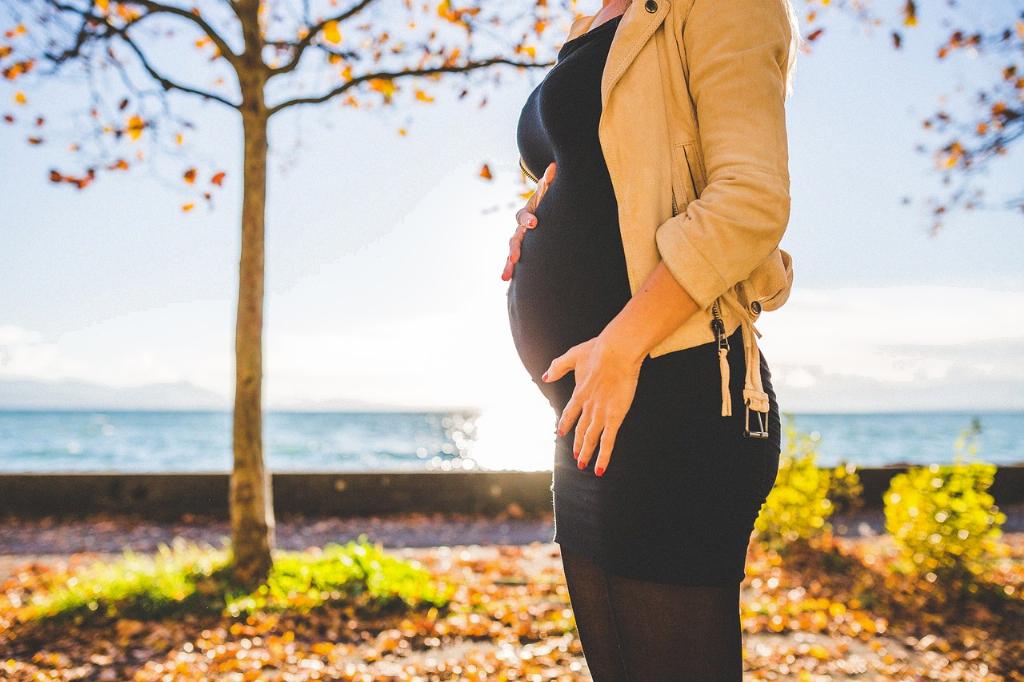As a new mother recovering from a cesarean section, it’s important to prioritize your healing and well-being before jumping back into your normal routine, including driving. While getting back behind the wheel may be something you’re eager to do, it’s crucial to listen to your body and follow your healthcare provider’s guidance.
Typically, doctors recommend waiting until your C-section incision has fully healed before resuming driving. This healing process can take around 4 to 6 weeks, but it’s essential to remember that every woman’s recovery timeline is unique. It’s always best to consult with your healthcare provider for personalized advice based on your individual circumstances.
Driving involves various physical movements, such as turning the steering wheel, pressing the pedals, and sudden braking. These actions can put strain on your abdominal muscles and the C-section incision site, potentially causing discomfort or pain if attempted too soon after surgery.
One crucial indicator that you may be ready to drive again is your ability to perform emergency maneuvers without experiencing sharp pain or discomfort at the incision site. Being able to brake suddenly and confidently is a key factor in determining your readiness to return to driving.
Aside from physical readiness, it’s also important to consider your overall energy levels and mental focus when deciding whether to start driving again. The postpartum period can be exhausting, and getting adequate rest and recuperation is vital for your recovery.
While getting back on the road may signify a return to normalcy for many new mothers, it’s crucial to prioritize your health and well-being above all else during this crucial recovery period. Taking the time to allow your body to heal fully before resuming activities like driving can help prevent potential complications and support a smoother recovery journey.
Remember, your healthcare provider is your best resource for guidance on when it’s safe for you to resume driving after a C-section. They can evaluate your individual recovery progress, address any concerns you may have, and provide you with personalized recommendations tailored to your specific situation.
Don’t hesitate to ask questions and seek clarification from your healthcare provider if you’re uncertain about whether you’re ready to drive again. Your safety, as well as the safety of your baby, should always come first as you navigate the postpartum recovery process.
Additionally, consider starting with short practice drives in low-traffic areas to gauge your comfort level behind the wheel. This gradual approach can help rebuild your confidence and familiarize you with driving again while minimizing potential stress or anxiety.
Listen to your body and pay attention to any warning signs or discomfort while driving. If you experience any pain, dizziness, or other concerning symptoms, pull over safely and seek medical assistance if needed. Your health and well-being should always take precedence.
Ultimately, the decision of when to resume driving after a C-section is a highly individual one that depends on various factors, including your physical recovery, comfort level, and overall well-being. Trust your instincts and listen to your body as you navigate this important postpartum milestone.
By prioritizing self-care, following your healthcare provider’s advice, and being mindful of your body’s signals, you can make a safe and informed decision about when it’s the right time for you to start driving again after a C-section.

